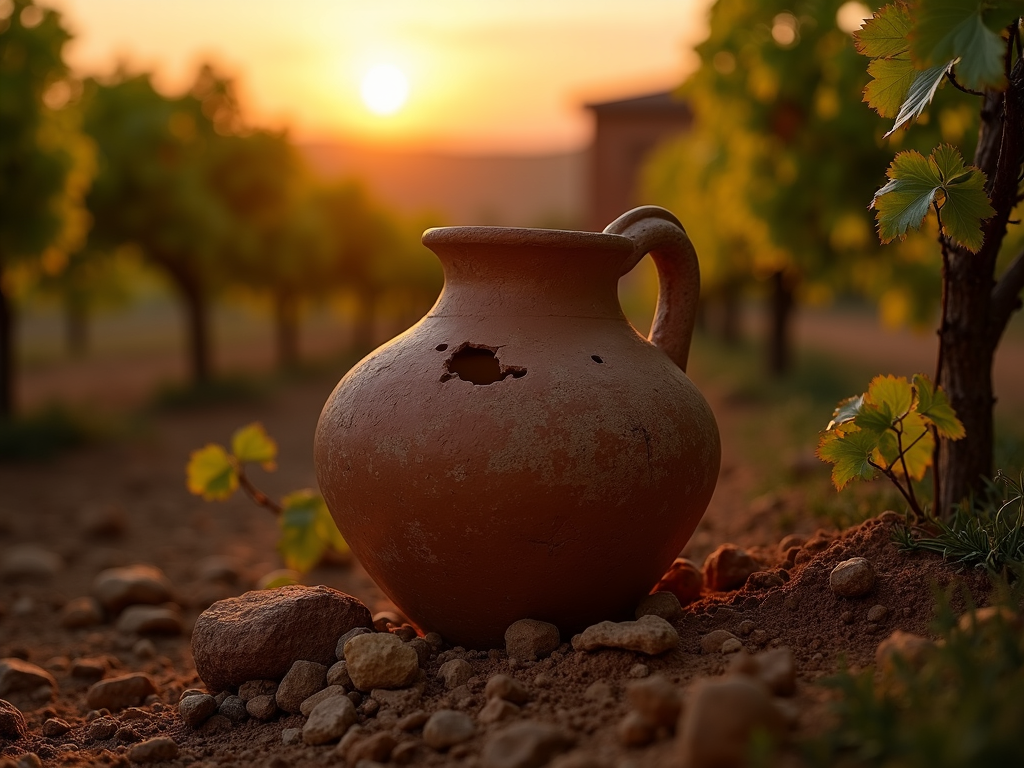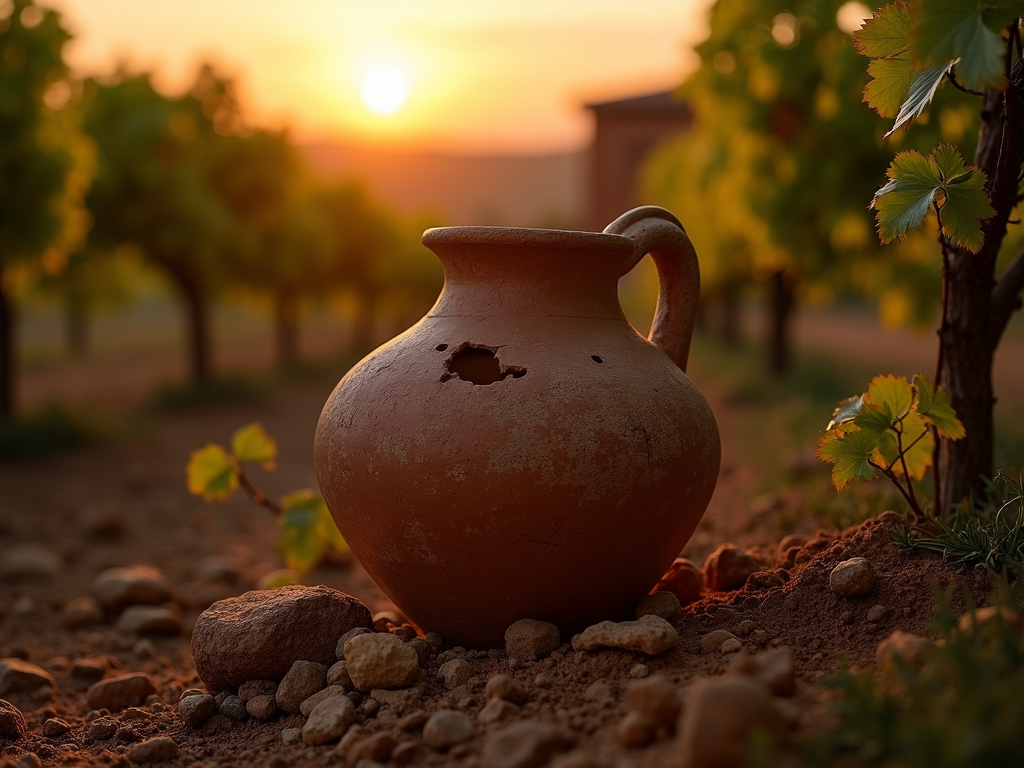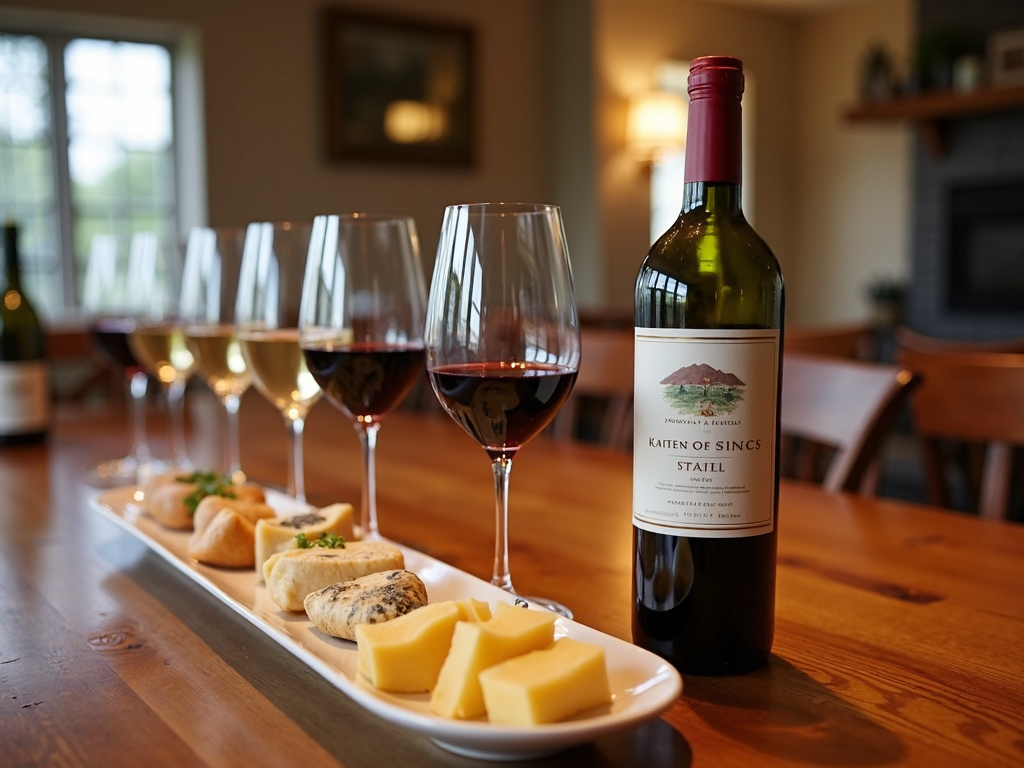The History and Evolution of Wine Making
A Brief Overview of Wine Making’s History
Wine making is one of the oldest crafts known to humanity, stretching back over 8,000 years. What started as a happy accident with fermented grapes has grown into a global industry. This article dives into The History and Evolution of Wine Making, tracing its roots, technological leaps, and cultural importance. Plus, we’ll spotlight Top Wine Brands to Explore from Home, including the acclaimed Jackson Family Wines.
Wine isn’t just a drink—it’s a story of human creativity and connection. From ancient rituals to today’s online shopping at the Jackson Family Wines online store, wine has shaped how we celebrate, worship, and socialize. Let’s uncork this tale and see how it all began.

The Origins of Wine Making
Picture this: it’s 6000 BCE in what’s now Georgia, and someone leaves a basket of wild grapes out too long. The grapes ferment, thanks to natural yeast, and boom—wine is born. Archaeologists have found clay jars with wine traces from this time, proving wine making goes way back. Early humans figured out how to grow grapes on purpose, turning a wild discovery into a craft.
By the time ancient Mesopotamia and Egypt rolled around, wine was a big deal. In Mesopotamia, it was for religious ceremonies and the elite. Egyptians took it further, using wine in burials and offerings. They even labeled their wines with details like the vineyard and maker—pretty fancy for thousands of years ago!
Wine in Ancient Greece and Rome
Fast forward to ancient Greece, where wine making got a serious upgrade. The Greeks planted vineyards with care and spread their know-how across the Mediterranean. Wine wasn’t just a drink—it was a sign of being civilized. They even had Dionysus, a god of wine and good times.

Then came the Romans, who turned wine making into a business. They aged wine in barrels, planted vineyards everywhere, and traded it across their empire. Wine went from an elite treat to something everyone could enjoy. I’ve always been amazed by how they scaled it up—kind of like the first wine entrepreneurs!
The Middle Ages: Monastic Influence
When the Roman Empire fell, monks stepped in to keep wine making alive. In the Middle Ages, monasteries became wine hubs. Monks tended vines, tested new methods, and wrote everything down. Places like Burgundy and Bordeaux in France got their start this way. It’s wild to think how much we owe to those patient monks.

The Renaissance and Beyond
The Renaissance sparked a wine-making revival. People got curious about science and farming, and new tools like the corkscrew popped up. Books spread wine knowledge far and wide. Then, in the 1600s and 1700s, Europeans took grapevines to places like California and Australia, setting the stage for a worldwide wine boom.
By the 1800s, steamships and trains made wine a global product. I remember visiting a vineyard in Napa Valley once and hearing how those early shipments changed everything. Suddenly, wine wasn’t just local—it was everywhere.
Technological Advancements in Wine Making
The 20th century brought game-changing tech to wine. Temperature-controlled tanks made fermentation exact, and science helped winemakers pick the best yeast. Today, tools like drones and GPS let growers track every vine. It’s incredible how precise it’s gotten—I’ve seen winemakers tweak flavors like artists.

These advancements mean better wine and less waste. Sustainable practices, like organic farming, are big now too. It’s reassuring to know the industry’s adapting to challenges like climate change.
The Cultural Significance of Wine
Wine’s always been more than a beverage. In ancient times, it was sacred—think Egyptian offerings or Christian communion. It’s also a social glue. I’ve shared bottles with friends that turned quiet nights into great memories. From Greek parties to today’s wine tastings, it brings people together.
Now, wine’s a massive industry. Places like Napa Valley thrive on wine tourism, and millions of jobs depend on it. It’s amazing how something so old still shapes our world.

Top Wine Brands to Explore from Home
Love wine but can’t travel? No problem. Some of the best wine brands deliver straight to your door. Take Jackson Family Wines, a family-run gem with over 40 wineries. Their Jackson Family Wines online store offers top-notch picks from Napa Valley, Sonoma, and beyond. I’ve tried their Pinot Noir—smooth and worth every sip.
Here’s a quick list of other Top Wine Brands to Explore from Home: - Château Margaux: Elegant reds from Bordeaux. - Opus One: Napa’s bold Bordeaux-style blends. - Penfolds: Rich Australian Shiraz. - Antinori: Classic Tuscan wines with centuries of history.
These brands mix tradition with innovation. Ordering online from places like Jackson Family Wines is an easy way to taste the world.
The Future of Wine Making
What’s next for wine? Climate change is a hurdle—warmer weather shifts where grapes grow. But winemakers are smart. They’re testing new grapes and regions. Sustainability’s huge too, with eco-friendly bottles and organic vines. I admire how they’re keeping the craft alive.

Demand’s growing, especially in Asia and South America. Online sales, like through the Jackson Family Wines online store, make it simple to join the fun. The future looks tasty!
Conclusion
The History and Evolution of Wine Making is a wild ride—from ancient accidents to high-tech vineyards. It’s shaped cultures, sparked joy, and built economies. Whether you’re sipping a Jackson Family Wines bottle or exploring other wine brands, you’re part of this story. Grab a glass and dive in—there’s so much to taste and learn!